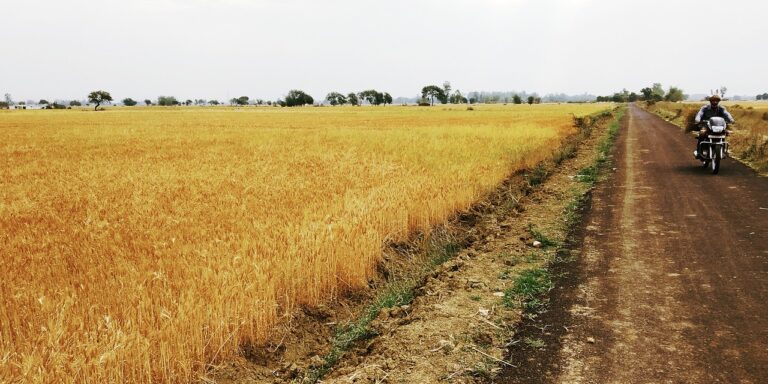Economic Trends in the Food Industry
Food prices are subject to a myriad of factors, from weather conditions affecting crop yields to global economic trends influencing the cost of production. Natural disasters like droughts or floods can devastate harvests, leading to a decrease in supply and subsequent price rises. Additionally, fluctuations in currency exchange rates can impact the cost of importing and exporting food products, directly affecting consumer prices.
Government policies and regulations play a pivotal role in shaping food prices as well. Subsidies, tariffs, and trade agreements can either help stabilize prices or create volatility in the market. Moreover, consumer demand for certain products can drive up prices, as suppliers adjust their pricing strategies based on market trends and preferences.
Innovations in Food Production
Food production today is undergoing a significant transformation with the introduction of various innovations. From vertical farming to lab-grown meat, new technologies are revolutionizing the way we grow, harvest, and process food. Vertical farming, for instance, allows for year-round production of crops in controlled environments, reducing the dependency on traditional farming methods and allowing for a more sustainable approach to agriculture.
Another notable innovation in food production is the development of plant-based alternatives to traditional animal products. Companies like Beyond Meat and Impossible Foods are leading the way in creating plant-based burgers and other meat substitutes that closely mimic the taste and texture of real meat. These innovations not only cater to the growing demand for plant-based options but also have a lower environmental impact compared to conventional meat production methods.
• Vertical farming allows for year-round production of crops in controlled environments
• Reduces dependency on traditional farming methods
• More sustainable approach to agriculture
• Development of plant-based alternatives to traditional animal products
• Companies like Beyond Meat and Impossible Foods leading the way
• Plant-based burgers and meat substitutes closely mimic taste and texture of real meat
• Lower environmental impact compared to conventional meat production methods
Supply Chain Challenges in the Food Industry
Food supply chains face a myriad of challenges that can disrupt the flow of products from farm to table. One major obstacle is the increasingly unpredictable weather patterns due to climate change, leading to crop failures and lower yields for farmers. This not only affects the availability of produce but also drives up prices for consumers as the demand outweighs the supply.
Additionally, transportation and logistics present significant challenges in the food industry supply chain. Delays in shipping, storage, and distribution can result in perishable goods spoiling before reaching their destinations, causing financial losses for both suppliers and buyers. With the increasing global interconnectedness of the food supply chain, any disruptions in one region can have cascading effects on the entire system.
What are some factors impacting food prices in the food industry?
Factors such as weather conditions, transportation costs, labor shortages, and fluctuations in demand can impact food prices in the food industry.
How are innovations in food production helping to address supply chain challenges?
Innovations such as blockchain technology, automated logistics systems, and data analytics are helping to improve visibility, efficiency, and traceability in the food supply chain.
What are some common supply chain challenges in the food industry?
Common supply chain challenges in the food industry include food safety concerns, perishable goods management, inventory management, and compliance with regulations.
How can food companies address supply chain challenges in the food industry?
Food companies can address supply chain challenges by investing in technology, improving communication and collaboration with suppliers, implementing sustainable practices, and continuously monitoring and optimizing their supply chain processes.







